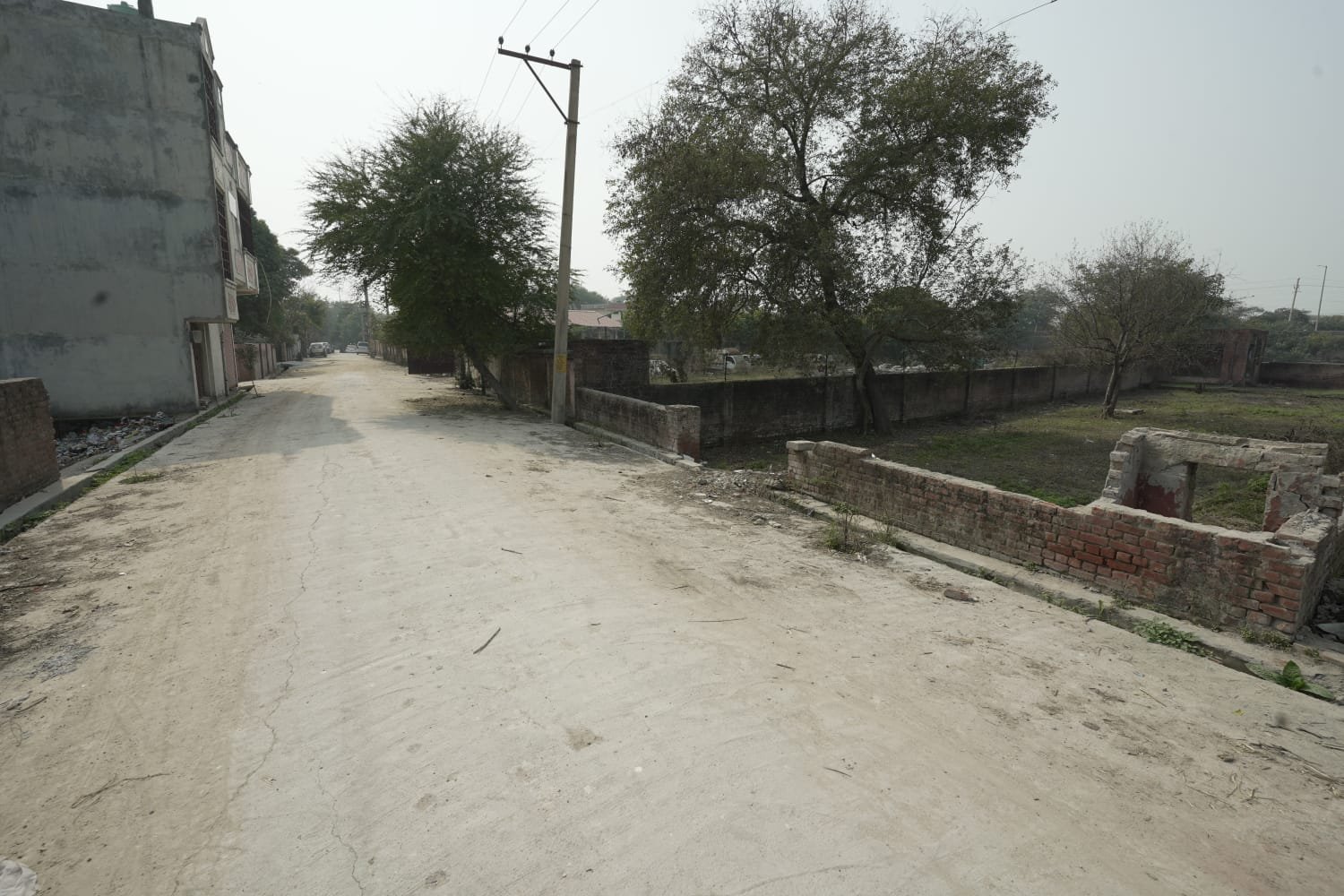The global phenomenon of climate change, which has significant local implications, presents formidable obstacles to urban development, including the development of 50-100-200 Gaj Plots in Delhi. The city is especially susceptible to the negative effects of a changing climate because of its distinct geographic and socioeconomic circumstances. Comprehending these effects is essential for resilient development and sustainable urban planning.

Elevated Risk of Flooding: As a result of climate change, Delhi is more vulnerable to flooding. Inadequate drainage systems and higher rainfall frequencies cause waterlogging and flooding in many parts of the city, which puts plot development at risk, particularly in low-lying areas. Developers must make investments in improved drainage systems and elevated foundations to reduce the risk of flooding, which can cause property damage, higher maintenance costs, and decreased property values.
Urban Heat Island Effect and Heatwaves: A further serious concern is the increase in heatwave frequency and warmth. Delhi is already extremely hot, and climate change makes it even hotter, posing serious health hazards and making the city less liveable. These effects are exacerbated by the urban heat island effect, which occurs when metropolitan regions are noticeably warmer than their rural surroundings. Therefore, in order to limit heat absorption and provide cooling benefits, plot development must feature climate-responsive designs, such as green roofs, reflective construction materials, and abundant green spaces. Properties’ market value may suffer if these modifications aren’t made, making them less appealing.
Lack of water: Delhi’s water scarcity problem is getting worse as a result of climate change, which affects both the amount and quality of water that is available. The city’s water resources are under stress due to excessive groundwater extraction and changing rainfall patterns. The growth of a plot requires the use of sustainable water management techniques. In order to guarantee a consistent supply of water, developers need to incorporate rainwater gathering, greywater recycling, and effective irrigation systems. In a future when water is scarce, plots created with water sustainability in mind will be in a better position to hold their value and draw in buyers.
Modifications to Regulations and Policies: Changes in regulations and policies that support sustainable development are being driven by climate change. Energy efficiency standards, green certifications, and eco-friendly building norms are becoming more and more mandated by the national authorities and the government of Delhi. It is imperative for developers to remain up-to-date with these standards and incorporate sustainable practices into their projects. In addition to lessening the effects of climate change, compliance makes the plots more aesthetically pleasing and commercially viable.
Socio-Economic Impacts: Due to the fact that vulnerable populations are disproportionately affected by climate change, social and economic inequality is exacerbated. As such, affordable housing, community facilities, and public transportation accessibility are projects that should be taken into account when developing plots in Delhi. Failure to do so can result in heightened social tensions and a reduction in the overall resilience of the urban fabric.
Conclusion: There are many different ways that climate change affects Delhi’s plot development, ranging from water scarcity and flood risk to heat stress and regulatory landscapes. Developers must take a proactive approach, incorporating climate resilience into their planning and design processes.












